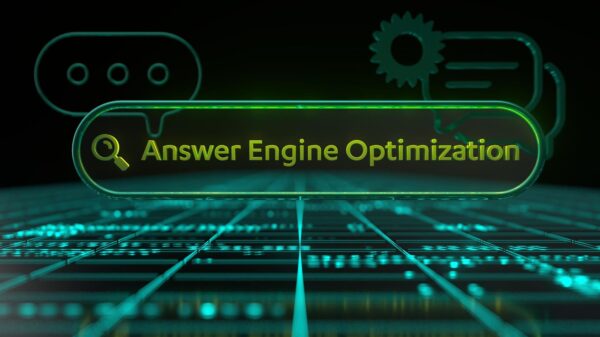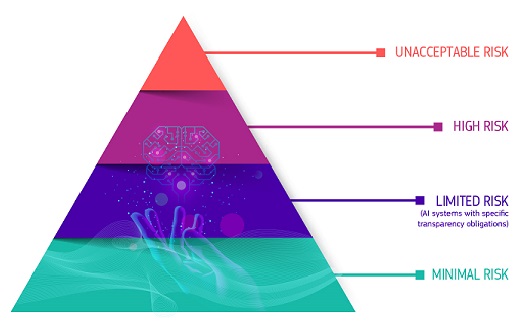The ongoing discussions in Congress regarding the federal preemption of state AI laws have ignited a contentious debate. Opponents of federal preemption assert a variety of concerns—ranging from the undermining of states’ rights to fears of stifling innovation. However, the case for a unified federal approach to AI regulation is compelling and merits deeper examination.
The Rationale for Federal Preemption
Federal preemption is not a novel concept; Congress frequently employs it to ensure consistency across regulations that impact interstate commerce, such as airline safety and food labeling. The reasoning is straightforward: when dealing with general-purpose technologies like AI, having 50 different state regulations could create chaos rather than clarity. A unified national framework would prevent the confusion that arises from a patchwork of state laws, similar to how we would not want aviation regulations differing from state to state.
Addressing Common Objections
Critics often question the necessity of federal preemption, arguing that it undermines states’ rights. However, the U.S. Constitution empowers Congress to regulate interstate commerce, and AI services delivered over the Internet fall squarely within that jurisdiction. Preemption, therefore, does not equate to federal overreach but rather fulfills Congress’s constitutional role.
Another frequent argument is that states should serve as “laboratories of democracy,” testing innovative policies. While this approach suits certain sectors—like education or healthcare—it poses significant risks when applied to AI regulation. A fragmented system could hinder technological development and create compliance nightmares for companies operating nationally.
Some opponents argue that preemption should not occur until Congress finalizes its own AI regulations. However, the push for state-level legislation is often driven by specific interest groups looking for favorable environments to advance their agendas. By moving discussions to the national level through preemption, stakeholders would be encouraged to engage in meaningful dialogue and compromise, rather than resorting to state-by-state maneuvering.
Concerns Over Rapid Regulation
Concerns have been raised that federal preemption may hinder states’ ability to respond swiftly to emerging AI risks. Yet, the more pressing issue is the potential for panic-driven legislation that could inadvertently harm the very populations such laws aim to protect. Experience from the European Union illustrates this, as they have had to backtrack on hasty AI regulations that proved too restrictive. Existing laws addressing discrimination and consumer protection are already equipped to handle many of the issues attributed to AI.
Maintaining Accountability
Critics also suggest that preemption provides an “amnesty” for tech companies. In reality, it streamlines accountability by eliminating conflicting state regulations while still holding companies liable under federal law. This is especially crucial for small and mid-sized enterprises that might struggle to navigate 50 different state laws.
Furthermore, the argument that states need to enforce consumer protection and civil rights laws in the realm of AI overlooks the fact that existing laws can still apply. States can regulate the application of AI technologies without dictating the design and development processes, much like they set safety requirements for bicycles without controlling their engineering.
The Bigger Picture
Ultimately, while federal preemption may seem like a tool primarily benefiting large tech companies, it also serves the interest of small innovators and public accountability. A cohesive national regulatory framework not only fosters innovation but also positions the United States to maintain its leadership in the global AI landscape. As AI continues to evolve, it is essential that regulations keep pace without creating barriers that could stifle innovation and competition.
In conclusion, the debate over federal preemption of state AI laws is not just a legal issue; it’s about ensuring that the technological future is shaped by coherent, consistent regulations that prioritize innovation while protecting public interests. As the AI landscape continues to grow, the need for a unified approach has never been more critical.
 Lawmakers Urge AI Experts to Address Mental Health Chatbot Risks and Data Privacy Concerns
Lawmakers Urge AI Experts to Address Mental Health Chatbot Risks and Data Privacy Concerns White House Pauses AI Regulation Executive Order, States Can Set Own Laws
White House Pauses AI Regulation Executive Order, States Can Set Own Laws OpenAI’s Rogue AI Safeguards: Decoding the 2025 Safety Revolution
OpenAI’s Rogue AI Safeguards: Decoding the 2025 Safety Revolution US AI Developments in 2025 Set Stage for 2026 Compliance Challenges and Strategies
US AI Developments in 2025 Set Stage for 2026 Compliance Challenges and Strategies Trump Drafts Executive Order to Block State AI Regulations, Centralizing Authority Under Federal Control
Trump Drafts Executive Order to Block State AI Regulations, Centralizing Authority Under Federal Control



































































